What is caoutchouc or natural rubber?
The sap of resinous and native Brazilian trees, such as Fontainea and Hevea (Hevea Brasiliensis), commonly known as the rubber tree, drips out of the trunk as a milky secretion. Accordingly, years ago, the American Indians called these secretions ‘tears of the tree’, which are the basis of natural rubber. But what is natural rubber? What are its uses? And where and for what purpose was it first used?
We will provide answers to these questions in this article.
What is caoutchouc or natural rubber?
Natural Rubber (also known as India Rubber or Caoutchouc, Amazon Rubber) is the oldest commercial elastomer made from latex. Latex is the inner secretion of a tropical rubber tree that, in its raw form, acts very well as an adhesive. By dissolving the latex in appropriate solvents, different adhesives are produced.
Rubber is classified as a chemical compound in the group of polymers and is made up of large, identical molecules.
Isoprene organic polymers, together with minor impurities and other organic compounds in addition to water, are the constituents of rubber. Polyisoprene types, which are used as natural rubbers, are also classified as elastomers.
Rubber has molecules that crystallize under tension, thus obtaining the desired shape of reinforcement. In fact, due to tension, molecular chains are broken, but after releasing the tension, they return to their coiled form. Natural rubber contains between 6 and 8% non-plastic materials and is highly resistant to heat storage.
Natural rubber is an essential, economically effective, and highly strategic raw material used in the transportation, electrical and electronics, chemical, and aerospace industries. Rubber is used to create more than 40,000 products such as medical devices, surgical gloves, aircraft and car tires, clothing, toys, and more. The global buying and selling price of natural and synthetic rubber is affected by the current world oil price.
The Discovery of Caoutchouc
There are more than 400 different types of plants that contain rubber gum. Plants such as dandelion, guillotine, ruby flower, and American mulberry are natural sources of rubber, but none of them are considered as important resources, while the gums of gum trees or rubber such as Hevea brasiliensis, Saporilla, and Balata are considered to be the best natural sources of rubber.
The length of the Hevea brasiliensis tree reaches more than 35 meters. It takes 77 years for rubber trees to reach reproductive age. At present, the improved types of such trees are exploited more than 3,000 kg per hectare annually.
The first use of rubber was by Central American indigenous cultures. They used this rubber –completely pure rubber hydrocarbons – to make game balls. Rubber was later used by the Maya and Aztec cultures. In addition to making balls, the Aztecs used rubber for other purposes, such as making dishes and waterproofing textiles by impregnating them with latex sap.
With the discovery of the continent of America, the balls that the Native Americans played with were noticed.
It is thought that Charles Mie de La Condamine first introduced specimens of rubber to the French Academy of Sciences in 1736. In 1751, he submitted an article to the Academy through François Fresno (published in 1755) describing many of the properties of rubber and making it the first scientific paper on rubber. In England, Joseph Priestley observed in 1770 observed that rubbing a piece of the substance on pencil-drawn patterns could erase them. That's why he suggested the name ‘Rubber’. It slowly made its way to Britain. In 1764, François Fresno discovered that turpentine was a solvent for rubber.
Giovanni Faberoni became known with the discovery of naphtha as a solvent for rubber in 1779. Charles Goodyear rediscovered the vulcanization of rubber in 1839, as the Meso-Americans used stabilized rubber to make balls and other objects in the early 1600 BC.
South America was the main source of latex used in the 19th century. The rubber trade was tightly controlled by commercial interests, but no law explicitly prohibited the export of seeds or plants. In 1876, Henry Wickham smuggled 70,000 seeds of the Amazon rubber tree from Brazil and delivered them to the gardens of Kew, England. Only 2,400 of them germinated. The seedlings were then sent to India, British Ceylon (Sri Lanka), the Dutch East Indies (Indonesia), Singapore, and British Malaya. Malaysia (Peninsular Malaysia) was later supposed to become the largest producer of rubber.
In the early 1900s, the free Congo government in Africa was also a significant source of natural rubber, and the rubbers were mostly collected by workers under force. The colonial government of King Leopold II used brutal methods to force its production quota. One of the methods of receiving the rubber quota was to amputate the victims' hands. After attacks, soldiers often returned with baskets full of severed handles. Resisting villages were razed to the ground to avoid encouraging others.
In India, commercial cultivation of rubber trees was started by British farmers, although experimental efforts to grow rubber on a commercial scale began in the early 1873s in the Calcutta Orchards. Hevea's first commercial farm in Thattekadu, Kerala, was established in 1902. In the following years, these farms spread to Karnataka, Tamil Nadu, and the Andaman and Nicobar Islands of India. Today, India is the third-largest producer and the fourth largest consumer of rubber in the world.
In Singapore and Malaya, commercial production was strongly promoted by Sir Henry Nicholas Ridley, who served as the first scientific director of Singapore Botanical Gardens from 1888 to 1911. He distributed many seeds among different farmers and invented the first method of sapling the tree without causing serious damage to it. He is nicknamed "Mad Ridley" because of his passionate publicity for the product.
At the beginning of World War II, Japan invaded rubber production areas and stopped producing natural rubber, so the United States began to build synthetic rubber production units. The United States has made rapid progress in this area, with 88% of the tires currently used in the United States being synthetic.
Although synthetic rubber was invented in the 1930s, natural rubber, or rubber, is still widely used and accounts for just under half of the market.
In the following, you can see the characteristics of the types of natural rubbers that Pars Khorshid offers:





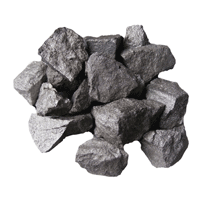 Ferroalloys and Smelting Additives
Ferroalloys and Smelting Additives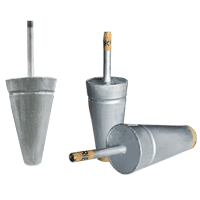 Consumable and Refractory
Consumable and Refractory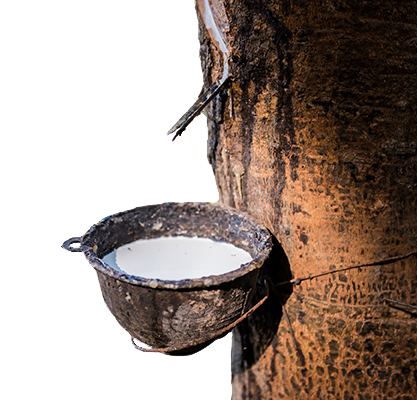 Natural rubber
Natural rubber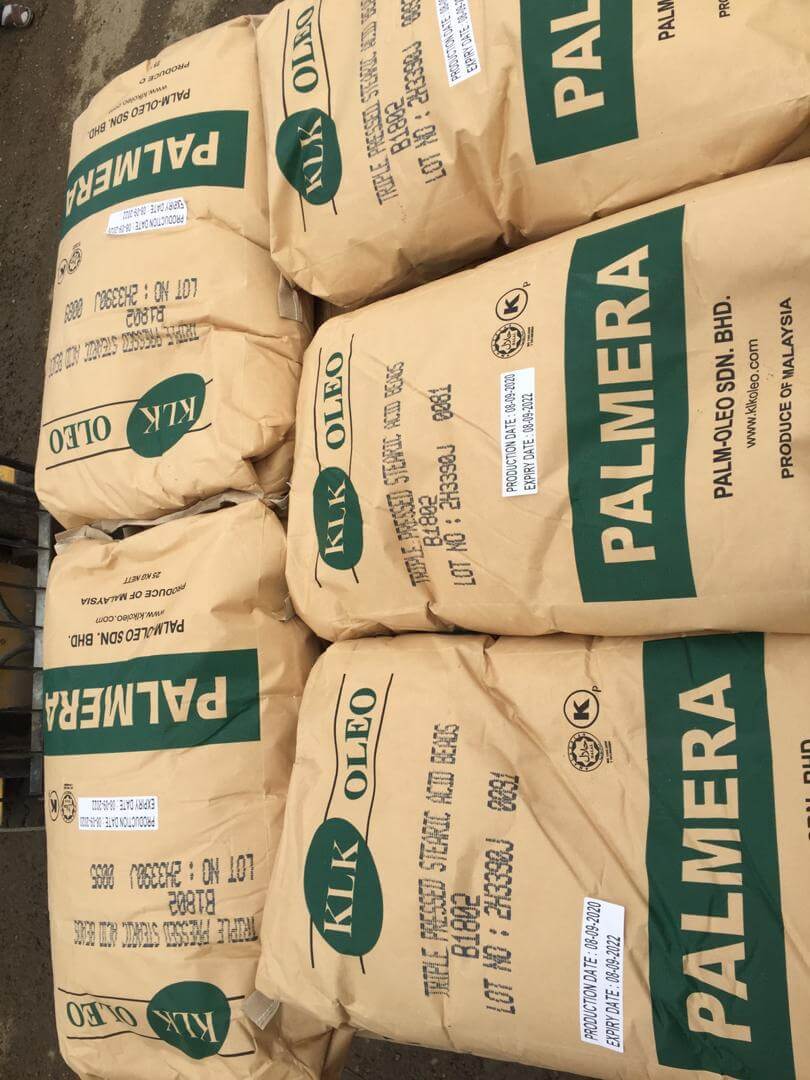 Stearic acid
Stearic acid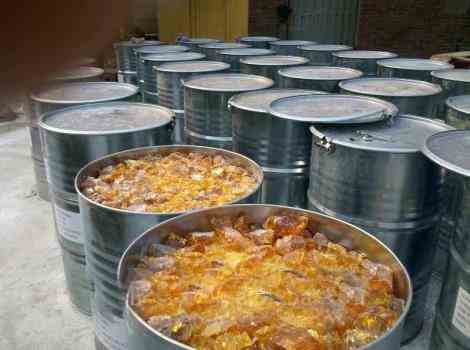
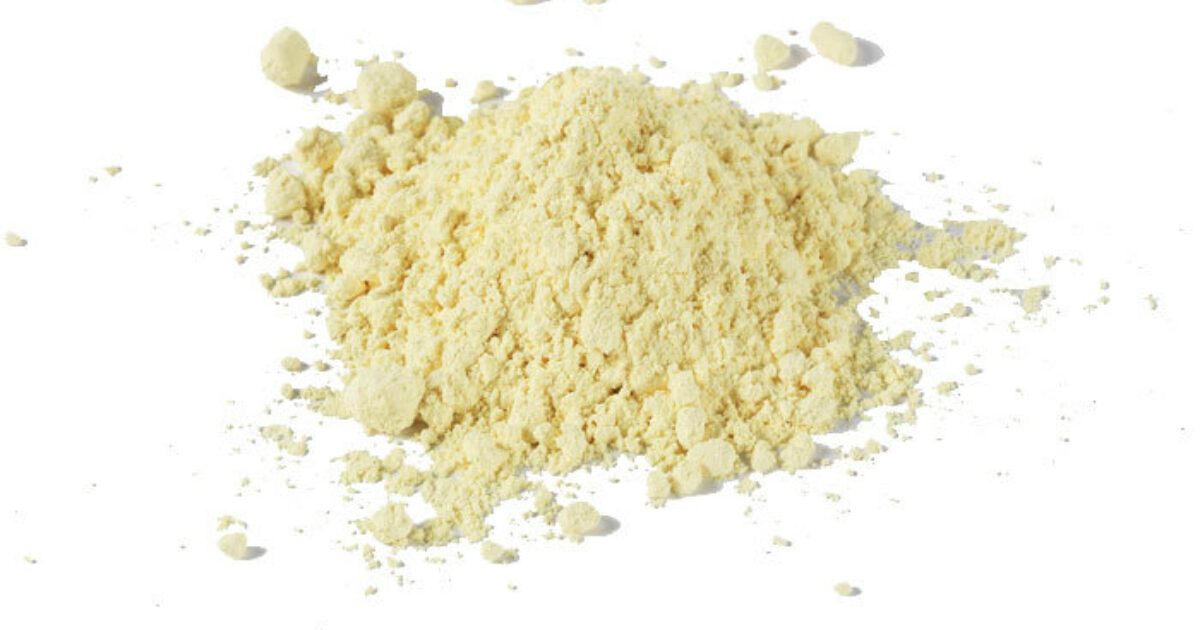 Rubber raw materials
Rubber raw materials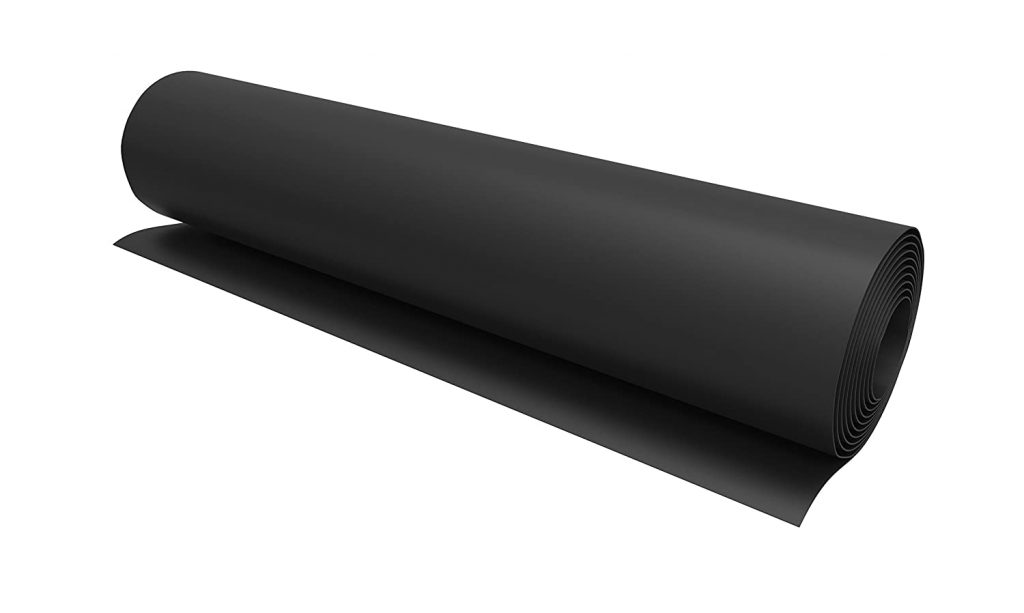 synthetic rubber
synthetic rubber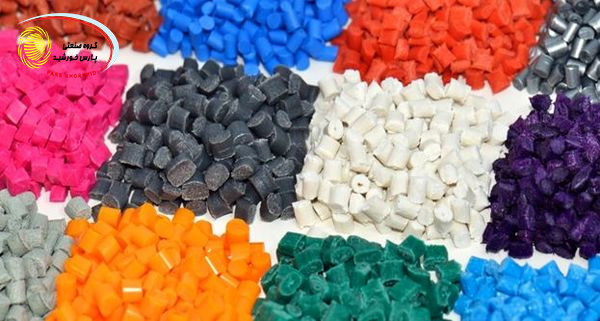 plastic materials
plastic materials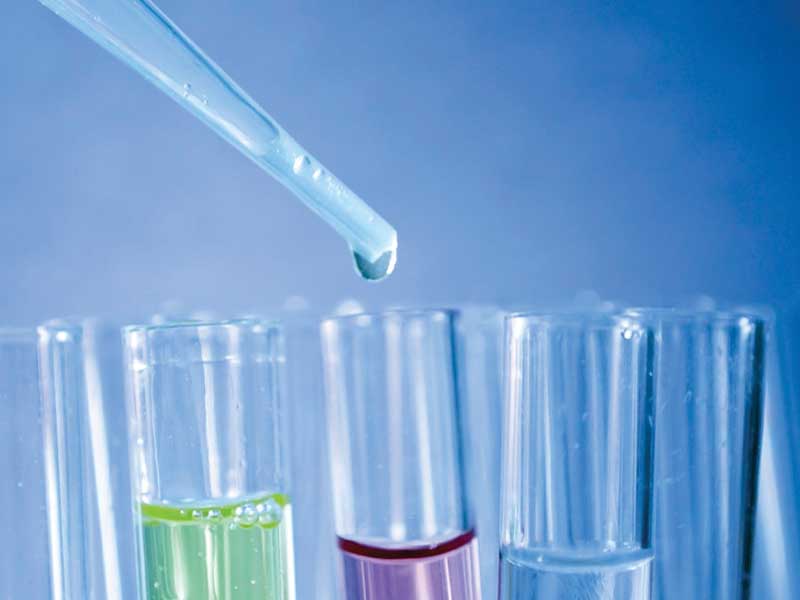 Chemical additives
Chemical additives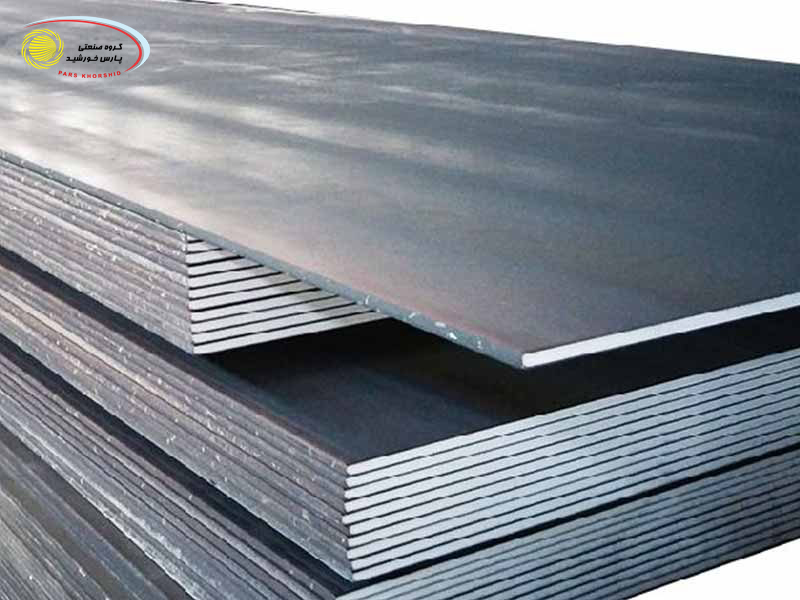 Steel sheet
Steel sheet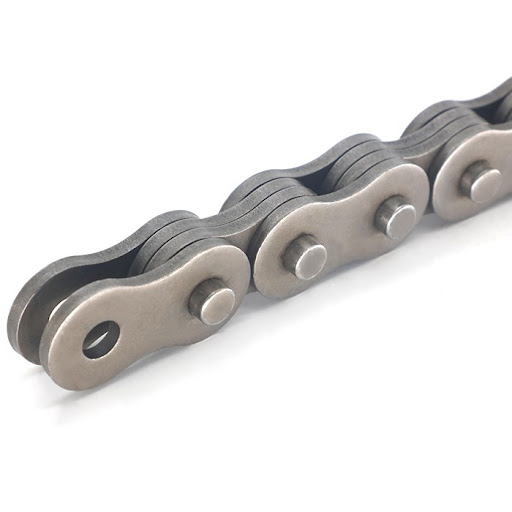 Industrial Chains
Industrial Chains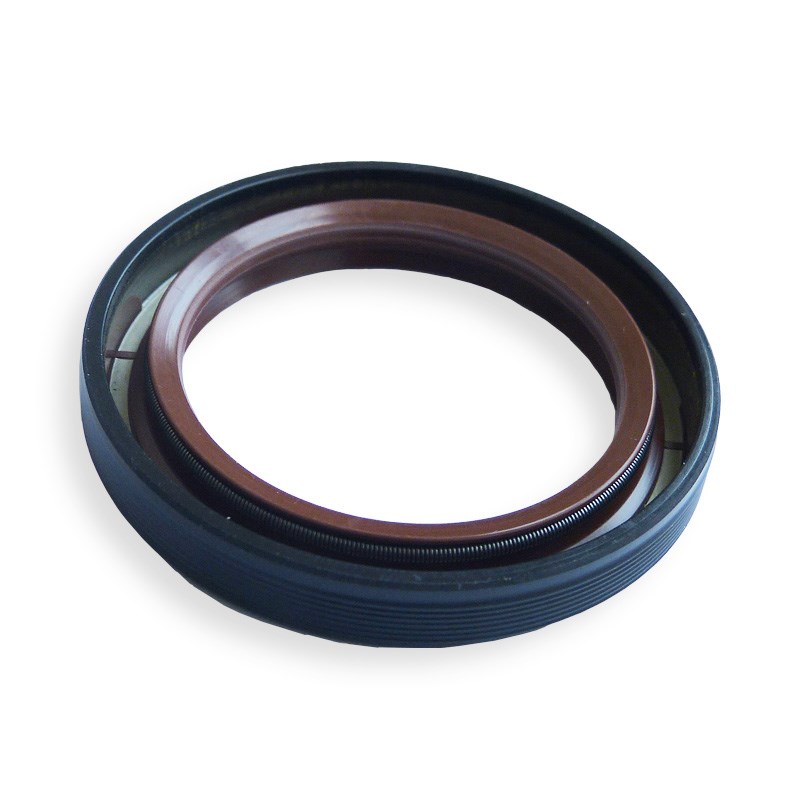 Radial Shaft Seals
Radial Shaft Seals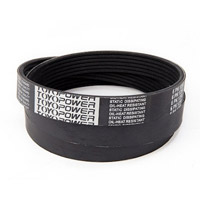 Straps
Straps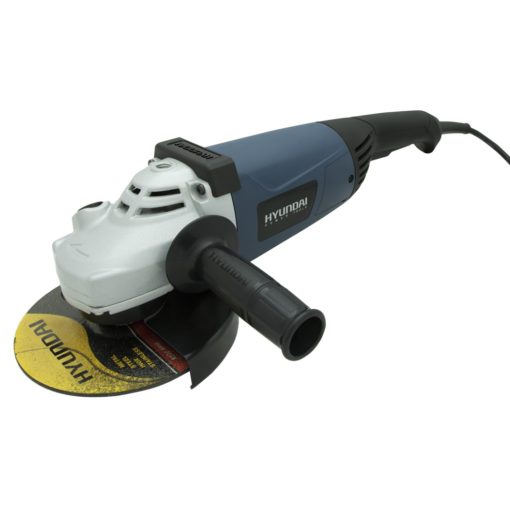 Cutting Tools
Cutting Tools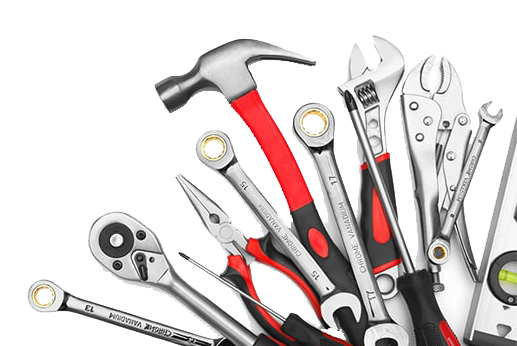 Manual Tools
Manual Tools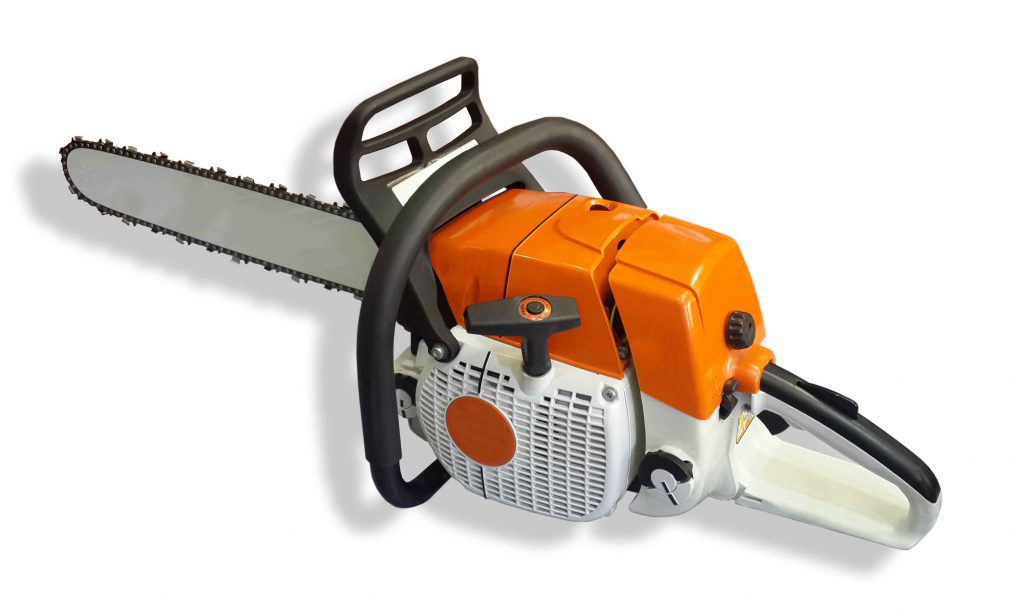 Motor Tools
Motor Tools Safety Tools
Safety Tools Welding Tools
Welding Tools industrial gauge
industrial gauge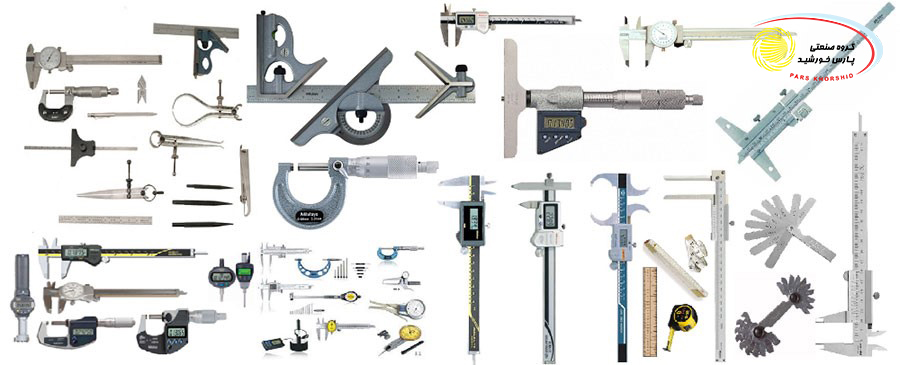 Measurement-Tools
Measurement-Tools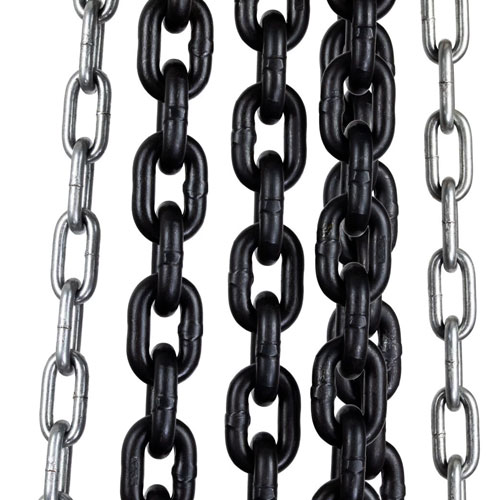 Load chains
Load chains Crane
Crane